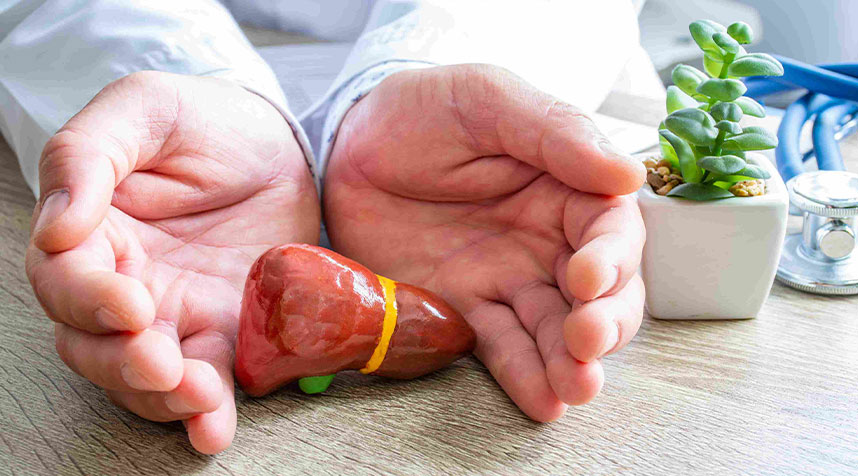Overview
“You may need a liver transplant”, after hearing these words from your doctor, you may be feeling a string of emotions; sad, worried, or even confused. Finding out that you will have to undergo major surgery is never an easy fact to digest. This is a life-changing procedure and warrants careful consideration. Here, we have broken down the process for your understanding:
1. The Pre-Evaluation Process
Since there are more patients for a transplant than donors, it isn’t possible for everyone to get a liver transplant. Your healthcare team will first determine if you are a suitable candidate for receiving a transplant. This is done to ensure a high success rate of transplantation. You will be evaluated for the following factors:
- The severity of your liver disease and if you are showing signs of liver cancer or liver failure.
- Your physical and mental fitness for undergoing the procedure and recovering from it.
- Your risk of drug or alcohol abuse
The following tests will be conducted by the healthcare team:
- Blood tests: These tests are usually done to identify a suitable donor for your transplant. This also reduces the possibility of a mismatch between you and the donor. Thus, preventing the risk of rejection.
- Imaging and diagnostic tests: Tests like liver biopsy, ultrasound, X-rays, dental exams, and colonoscopy can be performed to evaluate your physical fitness.
- Evaluation of psychological and social factors: This is also an important aspect of the evaluation process where different parameters like the financial situation, stress, and emotional support are analyzed.
Each hospital or transplant center has its rules for determining the suitability of a candidate for a liver transplant. You may be ineligible for receiving a transplant under the following conditions:
- You have metastatic cancer which has spread to various locations in the body
- You have an infection that cannot be treated
- You are living with health problems like heart disease and other such conditions which can worsen after the procedure
- You drink excessive amounts of alcohol
If your healthcare team finds you suitable for the transplant, then you will be put on the waiting list.
2. Waiting List for the Transplant
The waiting list will be prepared depending on the urgency of the transplant. Patients with acute liver failure are usually placed at the top of the list. The healthcare team uses a scoring system like the MELD ( model for end-stage liver disease) and PELD (pediatric end-stage liver disease) to rank patients on the waiting list. This score is calculated by using blood test results that measure albumin, creatinine, bilirubin, and prothrombin time. These factors indicate how well the liver is functioning. The MELD score can vary anywhere between 6-40. After being placed on the list, you will have to wait for the transplant. Usually, people with higher MELD scores are placed higher because they need the undergo liver transplant immediately.
3. Matching the Donor

The donor liver must be a match to eliminate the chances of rejection. This is done by testing blood compatibility. Only the following blood type matches are possible
| Donor Blood Type |
Recipient Blood Type |
| O |
O |
| A or O |
A |
| B or O |
B |
| A, O, B, AB |
AB |
Besides blood compatibility, the proximity of the donor and the body size are also important factors. By being of the same size, it can be ensured that the donated liver will be of the right size for your body. Also, geographical location of the donor also influences how quickly the donated liver can reach you. Once a suitable donor liver has been found, you need to go to the hospital immediately. In the case of a living donor liver transplant, a portion of the liver will be donated by your friend or family member. Thus, you can skip the waiting list for the transplant. Sometimes, an unknown person with a compatible blood type can also be a donor.
The surgery for the transplant is performed under general anesthesia. The liver transplant surgeon will make an incision across the stomach to access the liver. The diseased liver is then replaced by a healthy liver. After the transplantation is complete, the incisions are sutured. Usually, you can return to work after 1-2 months.
Avail Liver Transplantation Across the World
Conclusion
Getting a liver transplant is never an easy decision to make. You should ensure that you are completely up to it. The process can be long yet life-saving. It is imperative to understand your chances of having a liver transplant. If you have confusion regarding any step of the process, it is best to talk to a liver specialist.
Reference Links:


